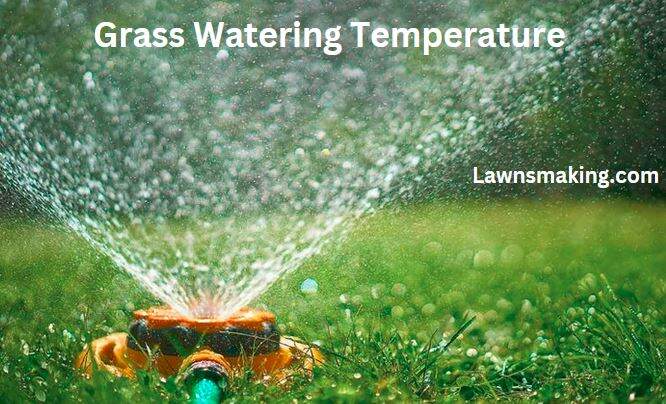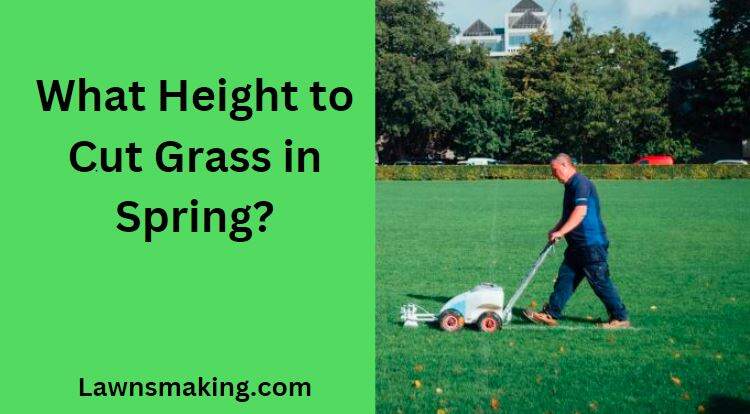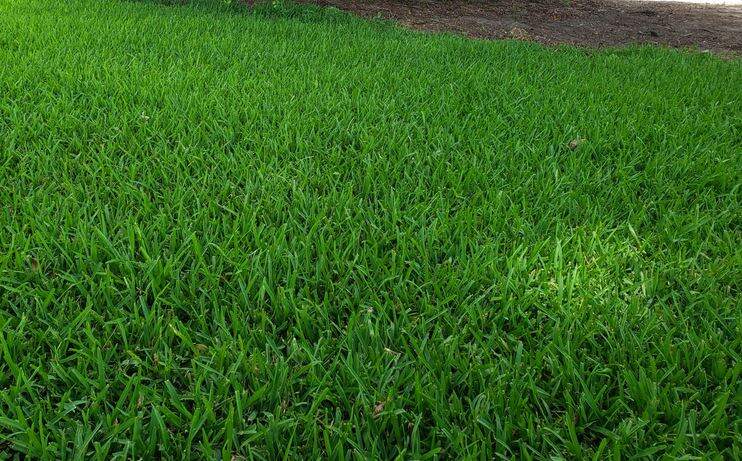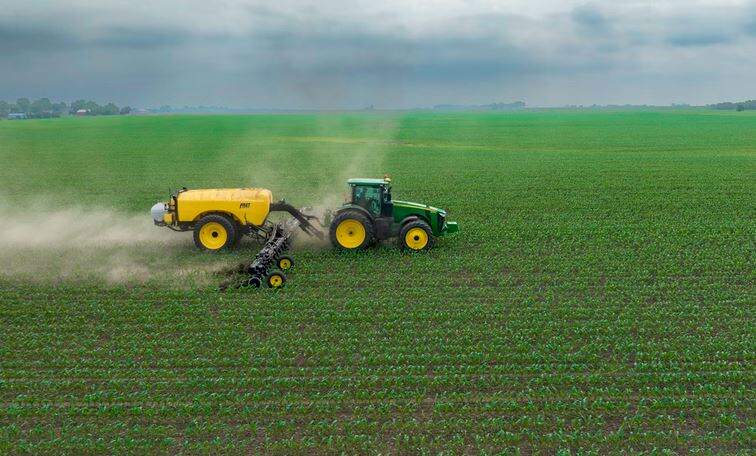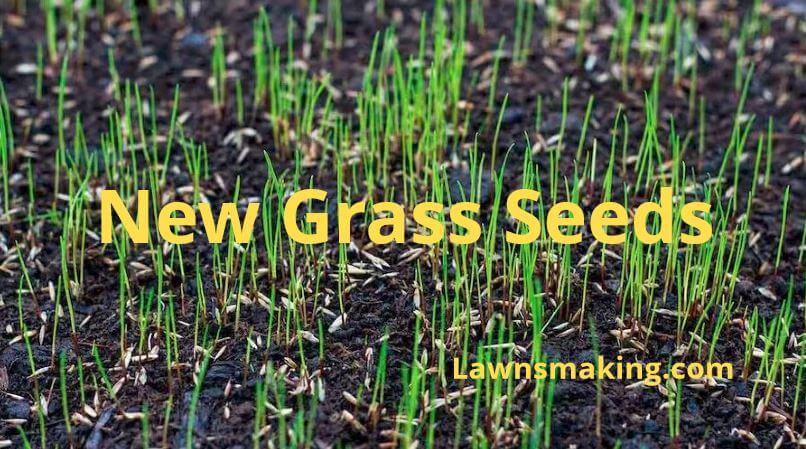
Let’s face it—growing new grass seed into a well-established natural lawn can be overwhelming. It takes time and skill to have your grass seed under the best growing conditions. As an ardent landscape hobbyist, you may ask questions such as, “Can you cover new grass seed with grass clippings to promote better growth?
Although you can cover new grass seed with grass clippings, you should only apply a thin layer, preferably a quarter inch. Use dried grass clippings for better ventilation and sunlight penetration. When applied properly, the clippings enhance seed germination and better seedling growth.
So, if you’re looking for answers on whether to cover new grass seed with grass clippings, continue reading this article. You’ll learn how to do it properly to achieve the best results.
How to Properly Lay Grass Clippings Over New Grass Seed
You can properly lay grass clippings over new grass seed by applying a quarter-inch layer over the newly planted seed. The thin grass clipping layer ensures your grass seed is protected from natural elements such as:
- Harsh sunlight: Direct sunlight can be too much for your grass seed. Your seed will get scorched when the sunlight hits the ground for a long period.
- Run-off: When it rains, small grass seeds can easily wash away due to runoff. However, grass clippings prevent such instances.
- Birds that love to eat grass seeds get fewer opportunities to feast on your valuable grass seed.
For better lawn results, follow the following procedure to lay grass clippings over your newly planted grass seed:
1. Prepare Your Grass Clippings
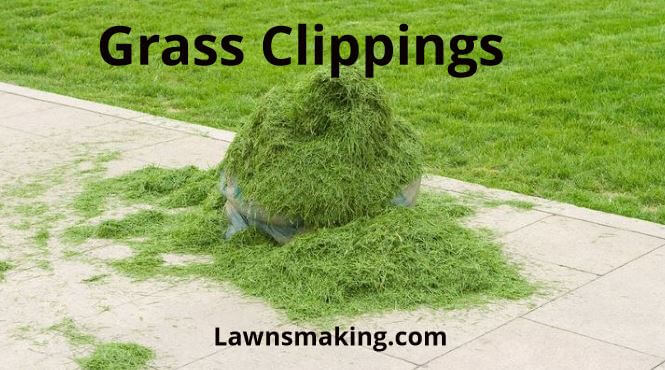
The first step in this process is to ensure you mow the existing lawn to get the grass clippings. Generally, you want to mow the lawn to a desirable height, about 2.5-3.5 inches.
This height ensures that your lawn is not cut down too much. Remember, the clippings must remain short as long cuttings can clamp together to form an impenetrable layer over your lawn seed.
Collect the grass clippings – you can use a bag attachment on the mower or a lawn sweeper for this task. You must dry the clippings in the sun for one or two days.
Dried clippings have several advantages:
- They are easy to spread over the ground
- The clippings don’t clump together during a wet period
- They allow good aeration and ventilation of the lawn seed
Don’t use freshly cut or green clippings, as they may not provide the abovementioned benefits. Even worse, such clippings can harbor serious lawn diseases such as Fusarium.
2. Apply the Clippings Thinly Over the Seeded Area
Apply the dry clippings thinly over the target area. Make sure to spread the grass evenly to create a uniform stance.
Usually, a thin layer of grass guarantees aeration and water and sunlight penetration into the soil. Both water and air are key for seed germination.
Specifically, use a quarter-inch layer of clippings, as reflected earlier. A thick layer can hamper proper germination and, eventually, the growth of your planted seed. It can also hide pests that could harm your grass.
That said, the general rule of thumb is to have a clipping layer you can easily see through.
3. Apply Water
Now, it’s time to water your clippings gently. You will use only a small amount of water as you don’t want to wet the clippings too much. Watering is vital for settling clippings and making them contact the soil properly.
Notably, you should refrain from using force while watering. This helps to prevent the clippings and even the seed from getting washed away in the process.
4. Monitor and Regulate Moisture
As usual, you should keep an eye on your grass regularly. One key aspect you should always seek to balance is the moisture regime. Generally, the seeded area must remain consistently moist throughout the germination period.
However, check to ensure moisture is manageable. In that regard, avoid overwatering, as you’re likely to create damp conditions that easily promote fungal and bacterial infections. Overwatering can also cause clippings to wash away.
When it comes to soil moisture management, it’s done easily on dry days. But things may be tough during rainy days because there’s plenty of water running around.
Under such circumstances, ensure the following:
- Check to ensure the clippings are not clumping
- Break the clumps – if any – with a light hand rake. Do it gently to avoid digging into your seed.
- You can also reduce the clipping layer thickness
- Ensure the seeded area has a good drainage to avoid water logging
- If the rains are persistently heavy, you can use rain covers to protect your clippings and seeds from potential washing away.
You should always observe your clippings to ensure they serve the intended purpose rather than becoming a problem for your seed.
3 Reasons New Grass Seed Needs Covering
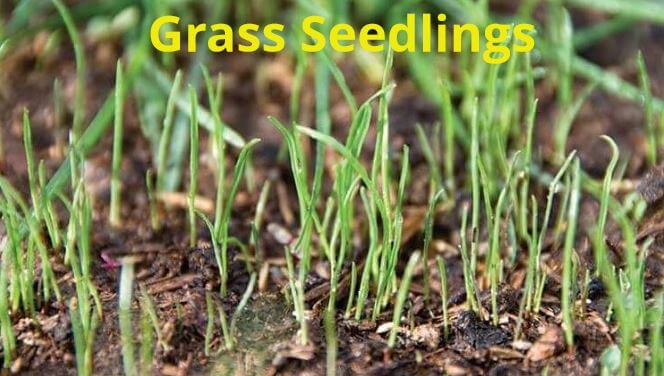
There are several reasons why grass seed needs covering. Let’s look into some of them right next.
Covering Provides the Right Germination Conditions
According to experts, covering or mulching any seed, including grass seed, enhances the germination percentage. Covering significantly increases soil temperature and preserves moisture—two crucial factors contributing to seed germination.
Leaving the soil uncovered and exposed to direct sunlight can dry the soil. With little soil moisture, your grass seed may take a long period to germinate and sometimes never.
Protection From Elements
For successful grass seed growth, you need to cover your seed. The covering shields the seed from free-flowing water like runoff. Besides, it provides shade – hence, the seed is not directly exposed to sunlight.
Covering Protects Seed from Seed-Eating Pests
Some birds, and generally pests, may like grass seed. If left uncovered, you may watch as your money goes down the drain because once birds discover the seed, they don’t spare a single grain.
So, you need the cover to keep off such pests that could make you great losses.
Best Mulch Options for Covering New Grass Seed
The best mulch options for covering new grass seeds can range from a layer of straw or peat moss to paper and burlap. The type of mulch material you decide on depends on the state of your lawn and the terrain of your field. Mulch materials should be weed-free to avoid planting weed seeds.
Let’s discuss the different mulch options for new grass seeds in detail.
1. Straw
Straw is a common material gardeners use to mulch their new grass seed. Straw is cheaply available for most gardeners.
Once you lay it properly, straw protects your seeded grass from erosion, increases soil moisture retention capacity, and enhances soil insulation. Generally, this mulch material decomposes slowly, meaning it will be available for your lawn for a long period.
Once your grass emerges, you can effortlessly rake off the straw remains. Alternatively, mix the decomposing straw in the soil to improve organic matter content.
In addition, straw does a particularly impressive job of deterring pests like birds and rodents from eating the newly seeded lawns.
2. Peat Moss
Just like straw, many landscapers recommend peat moss when overseeding a lawn. Peat moss is derived from decomposing mosses in peat bogs.
It provides the same benefits as straw as it forms a covering on the seeded area. In addition to retaining moisture and grass seed protection, peat moss stimulates seeds to germinate faster.
Besides the peat moss benefits, it comes with a fair share of shortcomings. For example, it’s slightly acidic, adding to soil acidity. If you keep using peat moss over a long period, you risk making the field unfavorable for grass growth.
Most mulch materials break into natural fertilizers during decomposition, which is helpful to the grass. Peat moss produces less nutrients.
3. Burlap
Burlap is a great mulch option with a natural rough texture. Burlap is made from jute plant fibers and offers a biodegradable mulch solution to your lawn seed.
Using burlap offers durability and keeps your soil breathable. It’s also affordable, versatile, and easily decomposes to add nutrients to your lawn.
Burlap retains moisture better than straw and other easily decomposable materials. This is because it’s more dense in structure.
How to Use Grass Clippings for Grasscycling
You can use grass clippings for grasscycling in your lawn management by following the steps below:
- Use a Good Mower to Cut the Grass: Finding the right mower to cut grass correctly is important. The mower should have a sharp, mulching-grade blade to cut or chop the grass into fine clippings.
- Make the Right Height of the Clippings: When mowing, keep the right size of the grass clippings. Recommended grass clipping height should be 2.5-3.5 inches. They shouldn’t be too short or too long to encourage clumping.
- Ensure Even Clipping Distribution: Mowing when the grass is dry is better to avoid clumping and encourage even grass clipping distribution. Also, you can evenly distribute clippings by lightly raking them.
- Regular Mowing: Create and stick to a mowing schedule to ensure your grasscycling plan is consistent and on the go.
What Happens If You Leave Grass Clippings on Grass?
If you leave grass clippings on grass after mowing, what happens is that the clippings naturally provide cover to your grass, protecting the lawn. In addition, the clippings also improve soil moisture retention. After some time, the clippings decompose and release nutrients to the grass.
To ensure the grass clippings do a good job, slightly rake them to spread on the field evenly. A thin layer of grass clippings is highly recommended for effective results.
Moreover, make the clippings just the correct height as recommended, precisely 2.5 inches to 3.5 inches.
So, Can You Cover New Grass Seed With Grass Clippings?
Now that it’s evident you can cover new grass seed with grass clippings, it’s your responsibility to make sure you apply the right procedure.
Ensure to cut the clippings to the right height and dry them to facilitate aeration within your lawn. Applying these tips will see your grass seeds flourish into a lush lawn.
